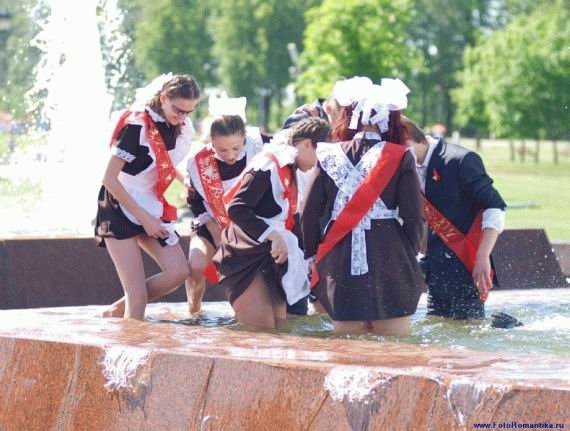|
|
Fountain Girls
|
In the Ottoman Empire, rulers often built fountains next to mosques so worshippers could do their ritual washing. Examples include the Fountain of Qasim Pasha (1527), Temple Mount, Jerusalem, an ablution and drinking fountain built during the Ottoman reign of Suleiman the Magnificent; and the Fountain of Ahmed III (1728), at the Topkapı Palace, Istanbul. Palaces themselves often had small decorated fountains, which provided drinking water, cooled the air, and made a pleasant splashing sound. One surviving example is the Fountain of Tears (1764) at the Bakhchisarai Palace, in Crimea; which was made famous by a poem of Alexander Pushkin.
Renaissance fountains (15th–17th centuries)
In the 14th century, Italian humanist scholars began to rediscover and translate forgotten Roman texts on architecture by Vitruvius, on hydraulics by Hero of Alexandria, and descriptions of Roman gardens and fountains by Pliny the Younger Pliny the Elder, and Varro. The treatise on architecture, De re aedificatoria, by Leon Battista Alberti, which described in detail Roman villas, gardens and fountains, became the guidebook for Renaissance builders.
|
|









